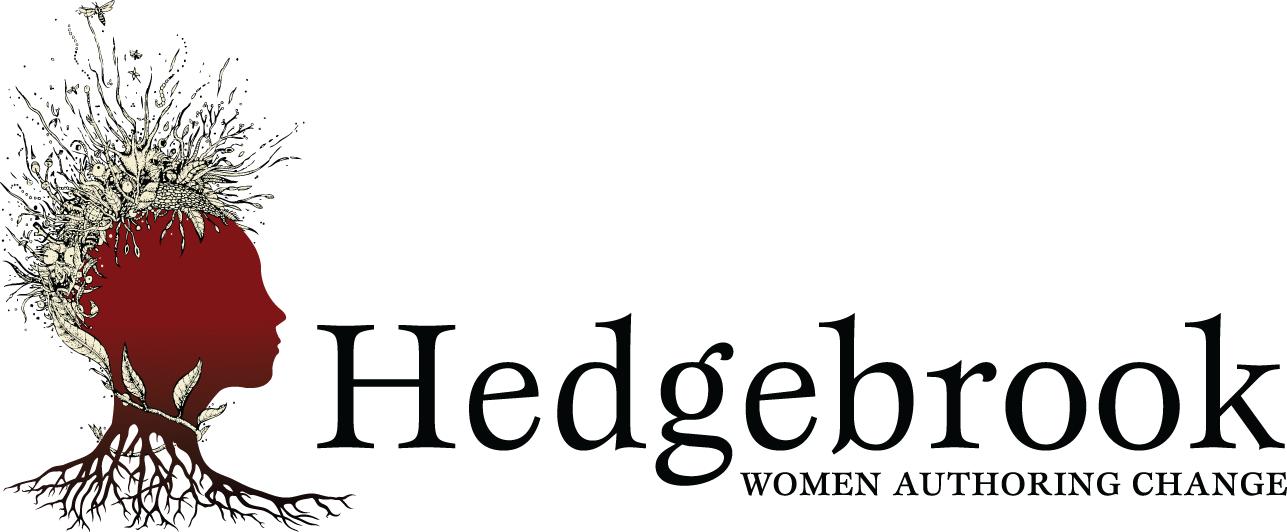The Word from the Publishers
I don’t know about you, but I am always heartened by reading rejection letters from publishers to famous authors.I wonder how Gertrude Stein felt when she got a letter in 1912 from Arthur C. Fifield of London, spoofing her: “Only one look, only one look is enough. Hardly one copy would sell here. Hardly one. Hardly one.” There’s a note from Alfred Knopf calling Ursula LeGuin’s prose “dry and airless, unreadable.” And stinging letters of rejection to Jane Austen, Sylvia Plath, and even Isaac Bashevis Singer who went on to receive the Nobel Prize in Literature.The harsh reality of the publishing world seems far removed from Hedgebrook’s gentle nurturing of the woman writer. In a place where every daffodil, smile, crispy green salad, and whiff of cedar-scented smoke from the woodstove reassures a writer that this is what she should be doing -- wandering the woods, dreaming up characters, writing from morning til night, reading her words aloud to the owls –the harsh business of publishing seems a world away.If Hedgebrook is the bright side of a writers’ life, then surely the publishing industry is the scary underbelly.But it’s something we need to know about. For even in this age of e-books and blogs and self-publishing of all kinds, writers still look to publishers as a measure of the value of our work and as a way to make sure our words reach far-flung audiences.When a poll of Hedgebrook alums in northern California showed that publishing was one of the topics that writers wanted to know more about, the Hedgebrook Alumnae Leadership Council Bay Area (ALC) decided to organize an informative panel discussion on the topic.As it turned out, among the six of us on the Council, we found that we knew editors from a wide variety of publishers in our area – from UC Press, the largest publishing house west of the Rockies, to Seal Press, which publishes groundbreaking books by women for women, to the newly reestablished Capra Press, which is built on a legacy of bringing fine literature to the page.We did what we could to invoke the spirit of Hedgebrook for the event. Our former ALC member Teresa Walsh offered us space at the Writing Center of the California College of Arts– a welcoming, sunlit hall surrounded by a bamboo-and-rock Japanese garden, complete with a koi pond. Before the session started, our panelists were able to gather their thoughts in this peaceful setting – even though the editor from UC Press accidentally set off the sprinkler alarm by going dangerously close to security door.Food seemed de riguer for a Hedgebrook event, so we all pitched in and brought brunch dishes and drinks. We are especially lucky that ALC member Emily Yamauchi is a budding caterer, and her strawberry-and-cream breakfast cake deserved the cover of Gourmet magazine.As writers began streaming in, we knew we would have a full house. Some were published authors, looking to publish in a new genre; some had never been published; some were looking for new venues. Old friends greeted each other, and introduced fellow writers they had brought as guests. A show of hands revealed that about half of the attendees were nonfiction writers, the other half fiction, with a sprinkling of poets.Sara Campos, who with Natalie Baszile had centered the organizing for the event, chaired the panel. The editors assured us that even as major changes were roiling the publishing industry, there are still publishing houses looking for good books, and readers willing to buy them. Even their own bios illustrated the current turbulence in the industry: the editor from UC Press had just started there, after the small press where he had been director closed its doors last year; the editor from Seal Press was striking out on her own to become a coach for women writers trying to navigate the publishing world; her post at Seal was being taken by the editor from Soft Skull. Transition was the keyword. But all of the panelists were enthusiastic about meeting Hedgebrook writers, and offered some great advice. I jotted down some specific ideas that seemed particularly useful:Prepare your pitch well.Editors (and agents) are beleaguered and don’t have time for long, rambling explanations. Hone your pitch, write it and rewrite it. Make it as clear, concise and punchy as you can before you send it off.Assert your authority as an author.Whether in fiction or nonfiction, be able to show that you are the best person to write this book.Know your “comps.”Writers need to be aware of similar books in their field and know where your book belongs (in the marketing world). You need to be able to compare your book to others, and explain why yours will be attractive to a similar readership (especially if the book is popular) and why it is different. Why is your book unique and better? But bewared the oversell – don’t say this is the next “The Color Purple” or “The DaVinci Code.” You may not be taken seriously…And finally, take the Fire and Ice Tests – ask yourself the following questions, and make sure your answers are convincing:Fire: Do you know what you are talking about?Ice: Who cares?We are grateful to all of the editors – Jeannine Gendar from Heyday Books, Laura Mazer from Soft Skull Press, Brooke Warner of Seal Press, Hilary Young Brodey of Capra Press, Peter Richardson of UC Press and freelance editor Anika Streitfeld (formerly of Random House) – who took the time to share their insights with us.We especially thank them for urging us on. They told us all to keep on writing and keep on submitting. We may still find those letters of rejection in our mailbox, but these voices of encouragement will surely dull the sting.
